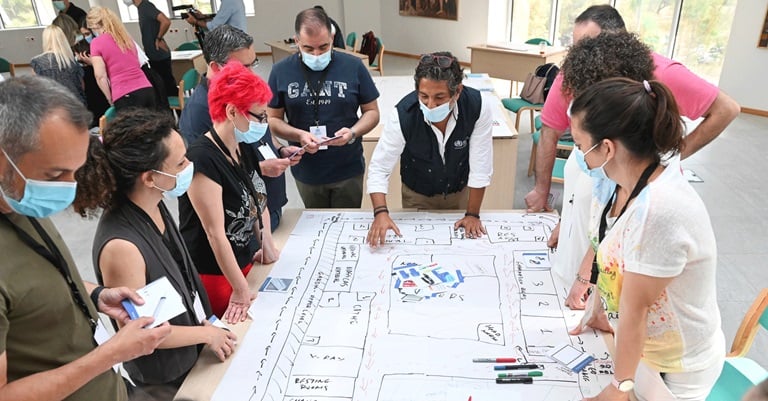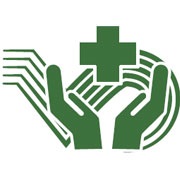

Compendium of WHO and other UN guidance on health and environment

Guidance on cross-cutting topics
- Children’s environmental health
- Health in All Policies
- Health Impact Assessment
Children’s environmental health

Children are exposed to many different environments that have a profound influence on their growth and development. Environmental exposures, both adverse and health-promoting, do not work in isolation but interact with social and nutritional determinants of health to influence children’s health and well-being. Adverse environmental exposures include among others polluted indoor and outdoor air, contaminated water, lack of adequate sanitation, household and community environmental hazards, toxic hazards, disease vectors, UV radiation and degraded ecosystems.
Children are especially vulnerable to environmental threats due to their developing organs and immune systems, smaller bodies and airways. Proportionate to their size, children ingest more food, drink more water and breathe more air than adults. In addition, certain modes of behaviour, such as putting hands and objects into the mouth and playing outdoors can increase children’s exposure to environmental contaminants. Furthermore, children as young as five years old sometimes work in hazardous settings.
Health-damaging exposure to environmental risks often begins before birth. Lead in air, mercury in food and other chemicals can result in long-term, often irreversible, effects such as infertility, miscarriage and birth defects. Women's exposure to pesticides, solvents and persistent organic pollutants may potentially affect the health of the fetus. In addition, while the overall benefits of breastfeeding are recognized, high levels of contaminants in breast milk may affect the health of the newborn. Health impacts resulting from exposures at young ages may only emerge later in life.
An estimated 1.6 million deaths in children aged under 5 years in 2016 were due to environmental risks, which means 28% of all deaths in children that year could have been prevented through a cleaner and safer environment. Especially in low-income countries, environmental health risks are important contributors to childhood death and disease. More than 90% of children breathe toxic air every day. Up to 800 million children (or around 1 in 3) have blood lead levels at or above 5 μg/dl. Improving children’s environmental health presents an essential contribution towards the achievement of the SDGs.
Health in All Policies

HiAP is a framework for action with the aim of collaborating across sectors to systematically consider health in policy-making. It is an approach to public policy that considers the health implications of decisions, seeks synergies and avoids harmful health impacts in order to improve population health and health equity.
Many risks to health are influenced or even determined by policies in sectors other than the health sector. Examples are transitions in energy and transport that have multiple health cobenefits for environmental protection. Other key sectors responsible for policies that offer win-win situations for health and the environment include WASH, agriculture and food items, land use planning, labour, housing, industry and the energy sector.
The health sector needs a policy mandate, space and competencies to work with other sectors to understand their constraints and interests, and to identify challenges and opportunities to include the health and co-benefit argument in relevant policies. In addition, the health sector needs to increase its efforts to engage with other sectors to promote health protection, ensure essential environmental services and healthy workplaces, and work towards making the health sector more environmentally sustainable. The WHO HiAP manual provides some information on needed skills and competencies.
Health Impact Assessment

The Health Impact Assessment (HIA) uses a combination of procedures, methods and tools by which a policy, programme or project may be judged as to its potential effects on the health of a population, and the distribution of those effects within the population. The HIA involves working with a range of decision-makers and stakeholders to support the building of healthy public policy. It uses both quantitative and qualitative methods to describe the expected health impacts. It can be included in environmental impact assessments, strategic environmental assessments, social impact assessments or integrated impact assessments.
Policy decisions made outside of the health sector influence many determinants of health. The HIA evaluates the likely positive and negative health impacts from proposed policies, programmes or projects from different sectors and makes recommendations on how to improve health. It is typically a prospective assessment before implementation, although it may be carried out concurrently or retrospectively.
Download the guidance on cross-cutting topics
Read more
Related health topics


